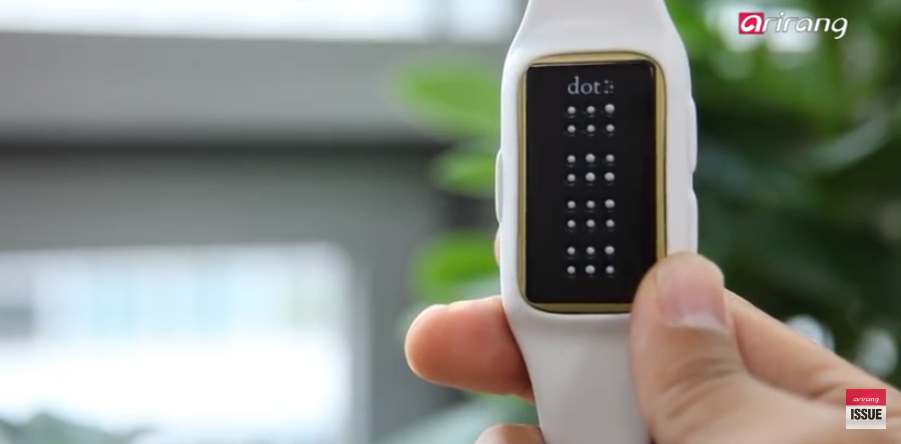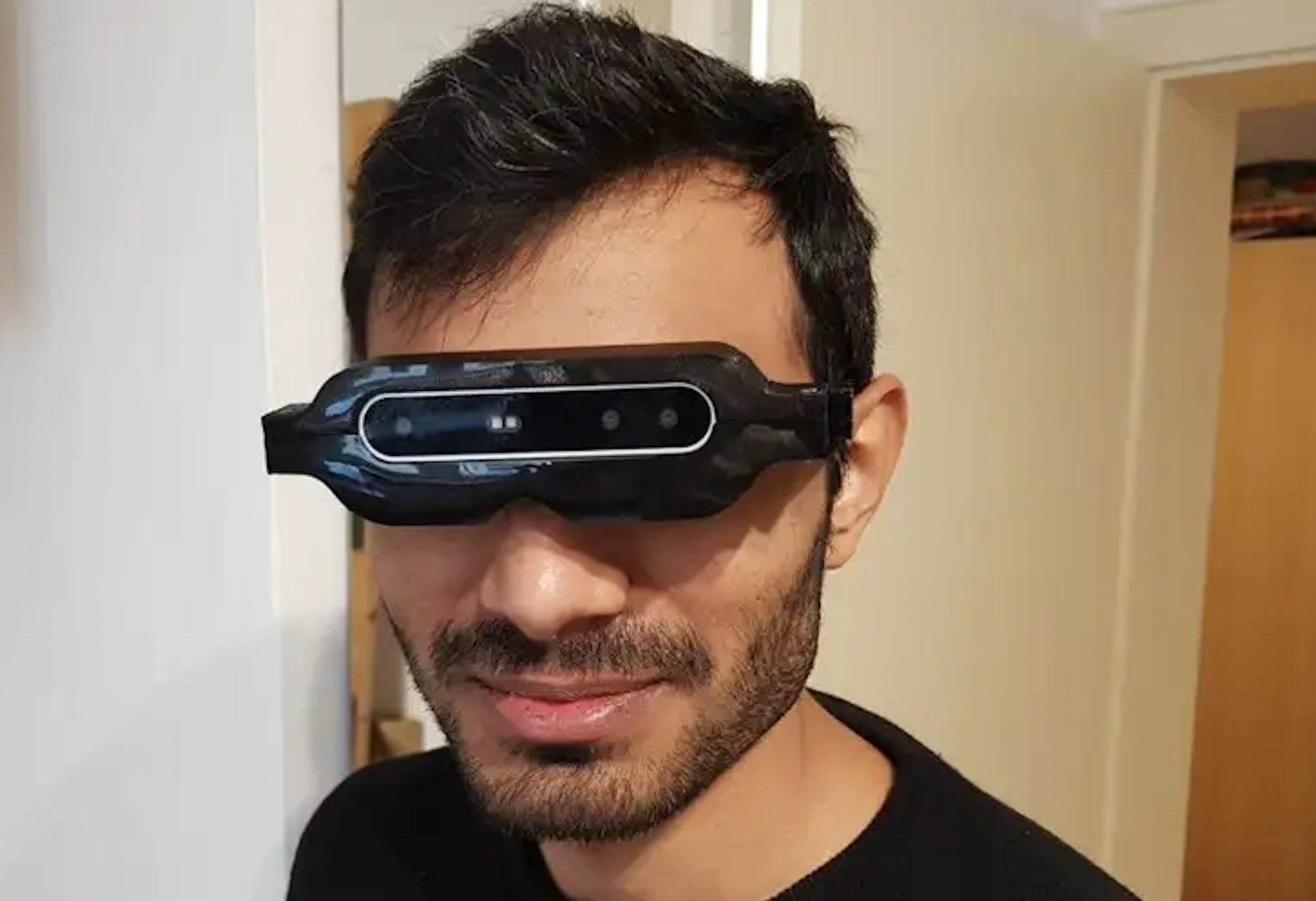Discover Ingenious Tools Made for the Visually Damaged
The development of ingenious devices for the visually damaged represents a significant advancement in availability and self-reliance. Technologies such as smart glasses with AI abilities and mobile applications created to supply acoustic summaries are improving everyday experiences for users.
Smart Glasses for Navigating
Smart glasses created for navigation are revolutionizing the method aesthetically damaged people engage with their setting. These advanced gadgets make use of a combination of video camera technology, expert system, and auditory comments to give real-time details concerning surroundings. By utilizing challenge discovery systems, clever glasses can alert individuals to prospective threats, allowing more secure flexibility in both acquainted and unfamiliar settings.
The assimilation of GPS technology additionally enhances navigating capabilities, allowing users to obtain auditory directions as they relocate. This hands-free strategy not only fosters self-reliance however additionally encourages aesthetically damaged people to navigate urban landscapes with boosted self-confidence. Furthermore, lots of smart glasses are equipped with functions that recognize sites and street signs, offering contextual info that boosts the user experience.
Moreover, the development of these devices is continuously advancing, with firms working to improve the accuracy of object acknowledgment and expand the series of navigational functions. As wise glasses end up being a lot more obtainable and economical, they hold the possible to dramatically transform life for aesthetically damaged users. Inevitably, these cutting-edge tools represent a vital action toward inclusivity, offering improved flexibility and a greater feeling of freedom for people browsing the world around them.

Mobile Application for Daily Living
Just how can mobile applications boost the lives of visually impaired individuals? Mobile apps are changing the way visually damaged individuals navigate their settings, handle day-to-day tasks, and accessibility info. These applications offer necessary support with various performances, cultivating self-reliance and enhancing lifestyle.
Several cutting-edge mobile apps are designed especially for day-to-day living. Apps like Be My Eyes link aesthetically impaired individuals with sighted volunteers through video clip telephone calls, allowing them to obtain real-time help with jobs such as reviewing labels or browsing strange rooms. Seeing AI, developed by Microsoft, utilizes artificial knowledge to explain surroundings, reviewed message, and determine things, efficiently changing a smartphone right into a powerful device for everyday support.
Additionally, navigation apps customized for the aesthetically damaged, such as Aira and BlindSquare, offer audio-based directions and ecological info, making it possible for customers to traverse their surroundings securely and confidently. Past navigation and prompt help, mobile applications also sustain company and job management, with attributes that help individuals establish suggestions, produce to-do checklists, and track consultations. In summary, mobile applications act as important resources, encouraging visually impaired individuals to lead more independent and fulfilling lives.
Wearable Technologies for Support
Empowerment via technology is increasingly apparent in the realm of wearable gadgets designed to assist visually impaired individuals. These cutting-edge devices integrate effortlessly right into every day life, improving navigation and supplying necessary feedback to individuals. Wise glasses equipped with cams can acknowledge faces and check out message aloud, permitting individuals to interact even more with confidence in social and specialist settings.
An additional significant innovation is the use of haptic responses systems in wearable devices. These systems use vibrations or various other responsive signals to convey info about the customer's setting, such as challenges or modifications in terrain, enhancing wheelchair and safety and security. Wearable innovations also consist of wristbands that connect to smart devices, signaling users to notices via refined vibrations, hence enhancing connection without reliance on aesthetic hints.
As these technologies continue to evolve, they are not only enhancing independence for visually damaged individuals however additionally cultivating a higher sense of addition in culture. By linking the void in between difficulties encountered in everyday living and the capacity for autonomy, wearable innovations work as critical devices in the mission for equality and empowerment for those with visual impairments.
Audio Description Tools
Sound description tools play an important duty in improving ease of access for visually impaired people, supplying them with the ability to involve with aesthetic media. Smart glasses for the visually impaired. These devices supply narrated descriptions of key aesthetic aspects in films, tv programs, and live efficiencies, guaranteeing that individuals can totally comprehend the context and emotions conveyed with visuals
Sound description can be integrated into numerous systems, consisting of streaming solutions, cinema testings, and live movie theater. Several popular streaming services currently consist of audio description as an access feature, enabling visitors to pick it conveniently. In enhancement to traditional media, specialized apps additionally exist, providing audio descriptions for art events, museums, and other social occasions.
The performance of audio description pivots on the ability of the narrators, who have to share visual information succinctly without interfering with the initial sound. Innovations in this field are likewise leading the means for even more personalized experiences, where individuals can change the degree of information and pacing according to their preferences.
Braille Innovations and Instruments
Braille advancements and gadgets have dramatically transformed the way visually damaged individuals interact with message and details. Modern developments have actually led to the advancement of versatile devices that boost literacy and self-reliance among customers.
Moreover, mobile Braille best eye doctor near me walk in notetakers incorporate conventional Braille input with modern-day performances, assisting in note-taking, organizing, and record editing and enhancing on the move. AI-powered visual aids. These compact devices often include text-to-speech capabilities, bridging the space in between Braille and auditory information
Furthermore, great site ingenious Braille printers have emerged, allowing customers to create Braille tags, papers, and academic materials efficiently. This availability fosters higher participation in professional and instructional settings, eventually promoting inclusivity.
In addition, research right into clever Braille technologies proceeds to broaden. Instruments that integrate expert system are being explored to give real-time navigating support and contextual information, improving the individual experience in diverse setups. In general, these developments show a commitment to empowering aesthetically impaired people with modern technology, guaranteeing they can easily access and involve with the globe around them.

Final Thought
The improvement of cutting-edge devices for the visually impaired substantially improves self-reliance and quality of life. These modern technologies not only foster higher addition yet additionally advertise autonomy in daily tasks, eventually contributing to a more easily accessible and fair society for aesthetically impaired individuals.
As smart glasses end up being more accessible and budget friendly, they hold the possible to significantly transform day-to-day life for aesthetically damaged users. Mobile applications are revolutionizing the way visually damaged customers browse their atmospheres, handle daily tasks, and access information. Applications like Be My Eyes attach aesthetically damaged individuals with sighted volunteers using video clip phone calls, enabling them to obtain real-time support with tasks such as checking out labels or navigating strange areas.Additionally, navigating apps tailored for the aesthetically damaged, such as Aira and BlindSquare, supply audio-based instructions and ecological info, enabling customers to traverse their he has a good point surroundings safely and with confidence.The development of innovative tools for the visually damaged substantially improves self-reliance and top quality of life.